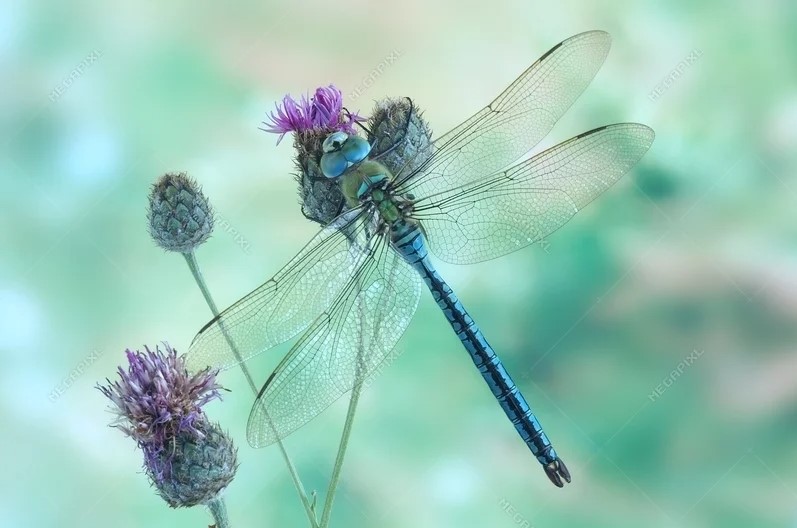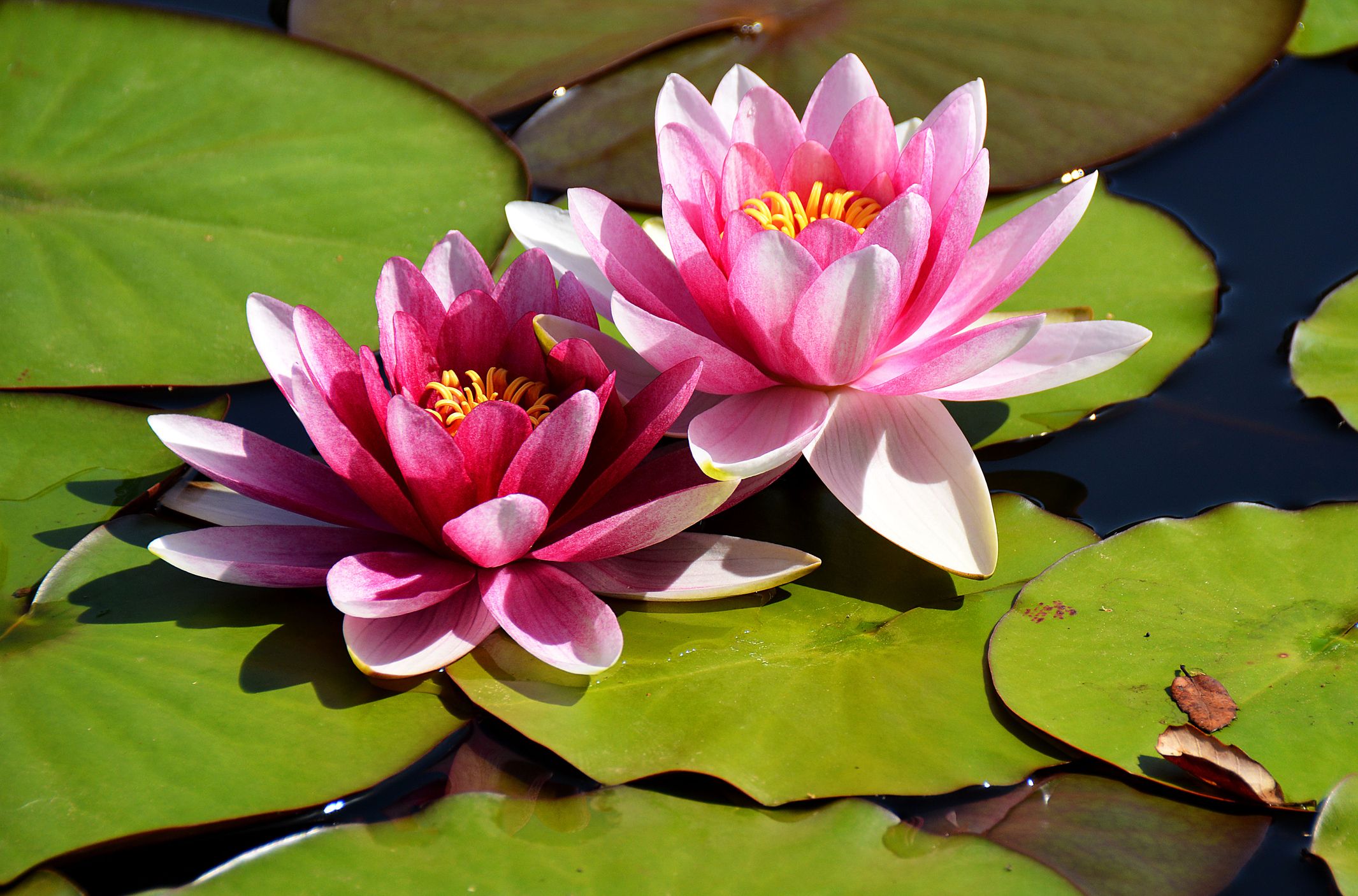
When it comes to enhancing the biodiversity and pest control in your pond, inviting dragonflies to take residence is a wise choice. These graceful creatures not only add beauty to your outdoor space but also play a crucial role in maintaining the ecosystem balance. By creating a welcoming environment for dragonflies, you can enjoy a natural form of pest control while promoting biodiversity in your pond.
Understanding the Role of Dragonflies in the Ecosystem
Dragonflies are nature's adept predators, skilfully managing pest populations that could otherwise burgeon out of control in your garden and pond surroundings. These insects boast a diet that predominantly comprises mosquitoes, flies, and a plethora of other small pests, positioning them as invaluable allies in preserving the health and beauty of your outdoor spaces. By fostering an environment that is inviting to dragonflies, you essentially enlist a natural and efficient pest management team. This not only diminishes the need for chemical interventions but also supports a more balanced and harmonious ecosystem. Their predatory nature ensures that the equilibrium of your garden's biodiversity is maintained, providing a testament to the interconnectedness of all beings within the ecosystem. Welcoming dragonflies into your pond area, therefore, extends beyond mere aesthetic enhancement; it is a proactive step towards nurturing a self-regulating natural environment that thrives on mutual benefit and balance.
Designing Your Pond with Dragonflies in Mind
Crafting a pond that becomes a haven for dragonflies involves meticulous attention to their habitat preferences. Shallow waters, basked in sunlight, offer the perfect setting, mimicking the natural environments these insects are drawn to. The inclusion of a diverse array of aquatic plants not only enriches the aesthetic appeal of your pond but also serves functional purposes. Plants such as water lilies and lotus provide the necessary cover for dragonfly larvae, facilitating their growth and development. Additionally, integrating features like rocks and logs around the periphery of your pond furnishes dragonflies with ample resting spots. These elements, strategically placed, mimic the complexity of natural ecosystems, inviting dragonflies to thrive within this meticulously designed habitat. Such thoughtful design considerations not only cater to the life cycle needs of dragonflies but also contribute to the overall health and vibrancy of your pond ecosystem, establishing a foundation for biodiversity to flourish.
The Best Plants for Attracting Dragonflies

In the quest to attract dragonflies to your pond, the selection of plants plays a pivotal role. Opt for vegetation that not only beautifies your aquatic haven but also forms the backbone of a habitat conducive to the life stages of dragonflies. Consider incorporating a variety of aquatic plants that serve dual purposes: offering shelter and breeding grounds for larvae and providing adult dragonflies with strategic perching and hunting locales.
Among the flora that stand out, water lilies and lotus emerge as prime choices. Their broad leaves create a perfect platform for dragonfly nymphs, shielding them from predators and offering a stable base for their metamorphosis. Cattails and rushes are equally indispensable, their tall, slender structures providing an excellent vantage point for adult dragonflies to scout for prey and engage in their aerial ballet.
To further enrich the attractiveness of your pond, integrating marginal plants along the water’s edge can not only enhance the structural diversity of your pond but also support the overall lifecycle of dragonflies. Such plants contribute to a microhabitat that supports a range of insect life, essential for the nourishment of both larval and adult dragonflies.
By thoughtfully selecting plants that cater to the needs of dragonflies, you set the stage for a vibrant, self-sustaining ecosystem. This deliberate choice of vegetation fosters a dynamic interplay between flora and fauna, paving the way for a garden teeming with life and activity.
Maintaining Your Pond to Keep Dragonflies Coming Back
Ensuring the continuous allure of your pond for dragonflies necessitates vigilant care and a commitment to its ecological integrity. It is imperative to regularly remove any detritus and algae accumulations, which, if left unattended, can compromise the water quality and, consequently, the habitat's suitability for dragonflies and their larvae. Vigilance in monitoring the pond’s water levels is crucial, especially during periods of extreme weather, to sustain the delicate balance required for dragonflies to thrive. Furthermore, the use of chemicals or pesticides in or around the pond should be strictly avoided. These substances can have detrimental effects not only on dragonflies but also on the broader spectrum of aquatic and peripheral pond life, undermining the very biodiversity we seek to enhance. Instead, fostering a natural ecosystem that supports the life cycle of dragonflies ensures that they become a perennial presence in your garden, contributing to its health and vibrancy. Adopting such practices ensures your pond remains an inviting sanctuary for dragonflies, thereby reinforcing its role as a cornerstone of local biodiversity and natural pest regulation.
The Broader Benefits of Dragonflies in Your Garden
Beyond their undeniable utility in maintaining pest populations at bay, dragonflies serve a multitude of roles within your garden's ecosystem. These aerial acrobats significantly contribute to the ecological equilibrium, ensuring a diverse and balanced habitat. Their voracious appetite for harmful insects aids in naturally curbing the spread of pests, negating the need for chemical repellents, and fostering a safer environment for both flora and fauna to thrive.
Dragonflies, with their vivid hues and graceful flight, imbue your outdoor spaces with an element of enchantment, turning your pond into a living tableau that captivates and delights. This aesthetic allure is complemented by the serene ambiance their presence fosters, creating a tranquil retreat that enhances the well-being of both the garden's inhabitants and its human custodians.
The inclusion of dragonflies also signals a healthy and thriving ecosystem, serving as bioindicators of environmental quality. Their presence is a testament to the cleanliness of your pond and the vitality of your garden, offering a subtle yet profound indicator of ecological success.
By encouraging these magnificent creatures into your garden, you not only bolster natural pest control mechanisms but also contribute to the creation of a biodiverse sanctuary. This, in turn, supports a rich tapestry of life, inviting a symphony of interactions that enriches the very fabric of your outdoor haven.
